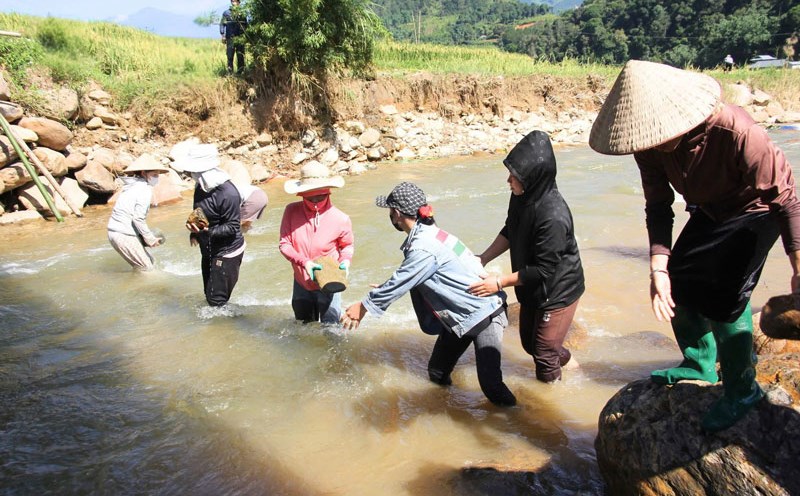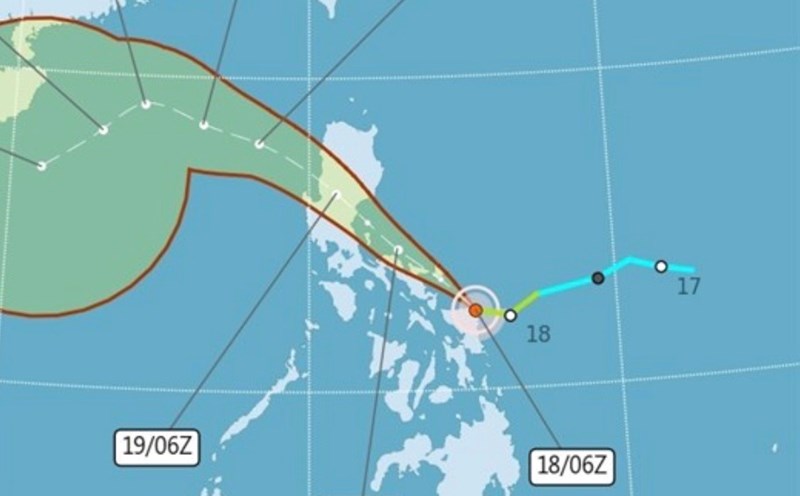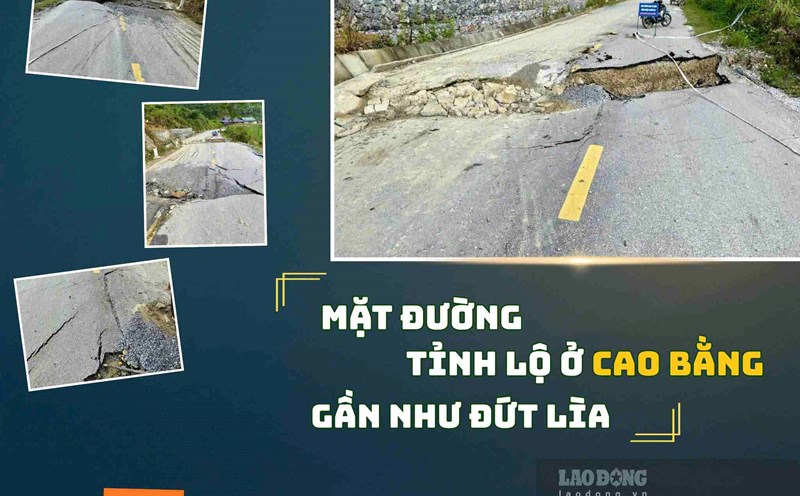Quy Mong is a new commune merged from 3 communes of Y Can, Quy Mong and Kien Thanh (Tran Yen district, old Yen Bai province), stretching along the Red River.
Located opposite the Red River, Tran Yen commune was merged from Co Phuc towns, Bao Dap commune, Tan Dong commune, Thanh Thinh commune, Hoa Cuong commune and Minh Quan commune (Tran Yen district, old Yen Bai province), considered the largest mulberry capital in the North.
Every year, the river is covered with alluvium, making rice fields, mulberry fields, mountain goats, and vegetables always lush, bringing prosperity to thousands of households.
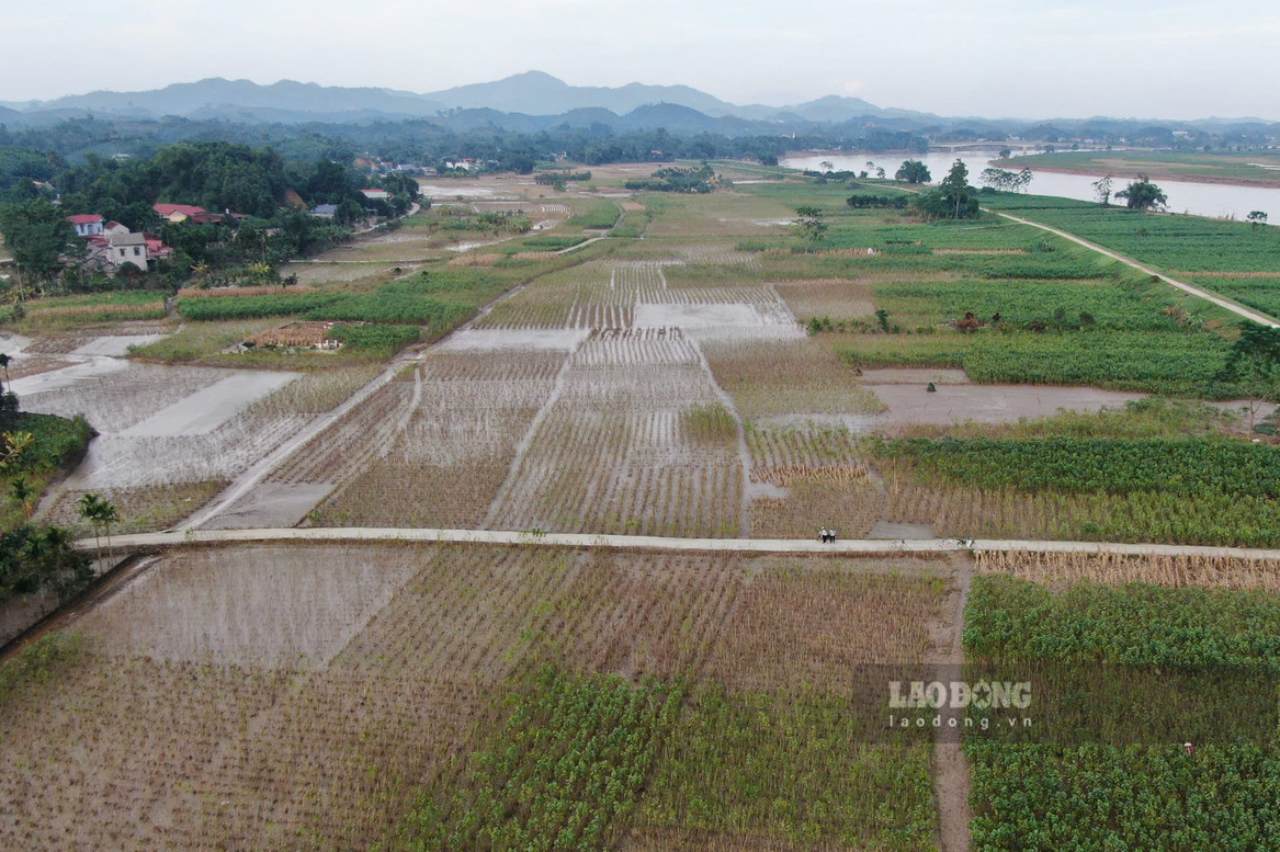
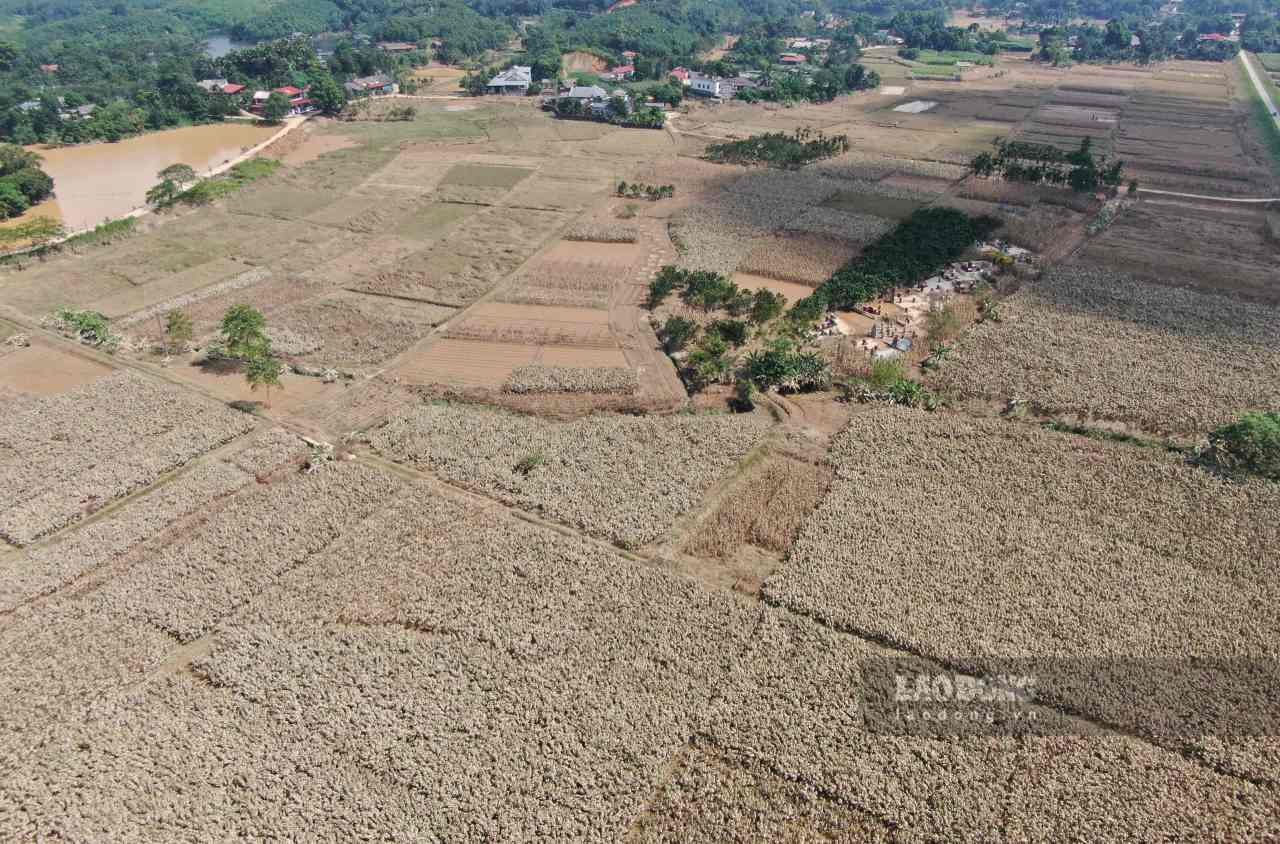
However, in recent years, the flood season has become a horror for farmers when the gentle river suddenly becomes a fierce monster, causing terrible damage.
After the recent storm No. 10, the fields of Thinh Hung village, Quy Mong commune, were left with only a silver gray color, the space was thick with the smell of mud.
Ms. Nguyen Thi Men sadly said that the flood came when the rice was only at the green stage, but had to soak in floodwater for nearly 3 days.
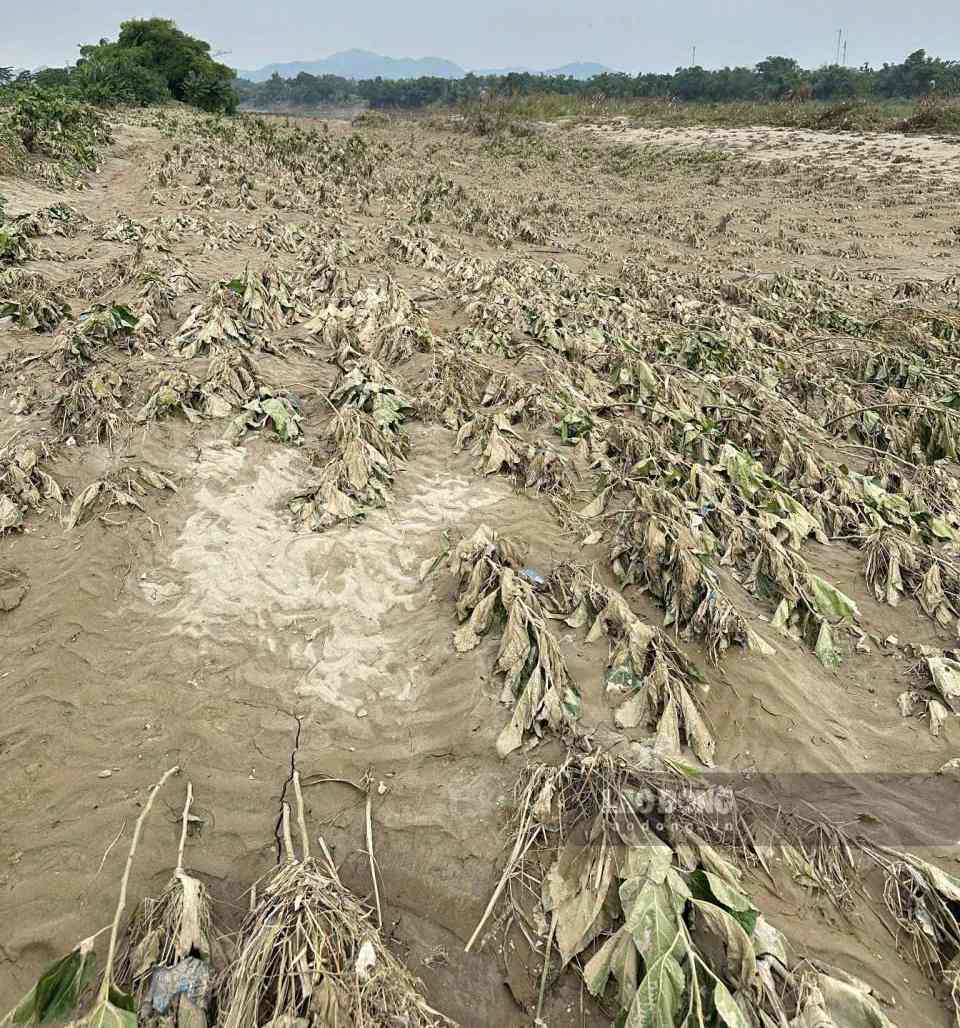
During the historic flood caused by Typhoon Yagi in 2024, her family was swept away by all the fish ponds, rice fields and a herd of hundreds of chickens.
Up to now, the economic burden has not yet subsided, but the family continues to face new impacts of natural disasters. The storm and flood, the debt has not been paid yet and I worry about eating every meal.
In Lan Dinh village, people with faces still have a heavy burden of concern, the mulberry gardens that have just been restored after the flood are now located deep under a thick layer of silt of tens of kilometers.
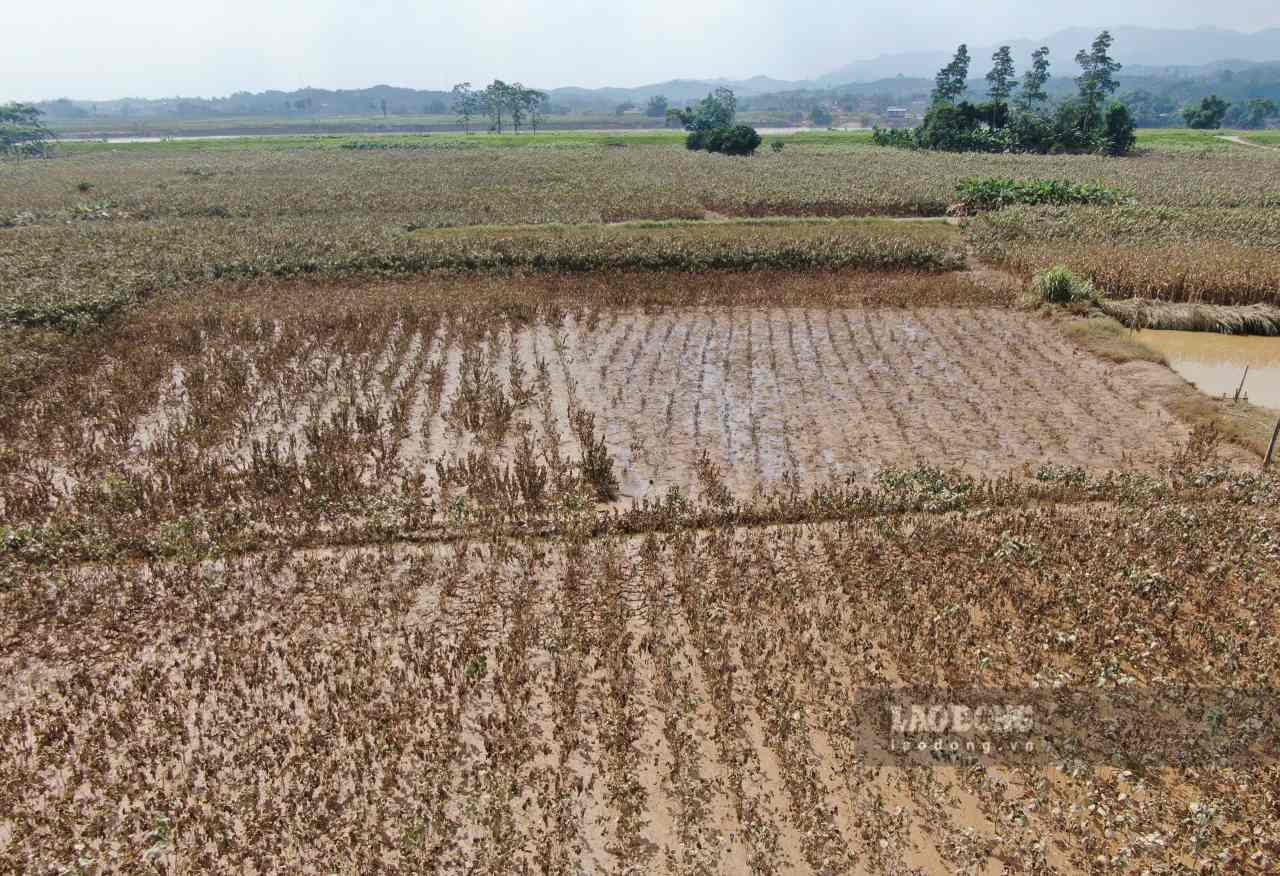
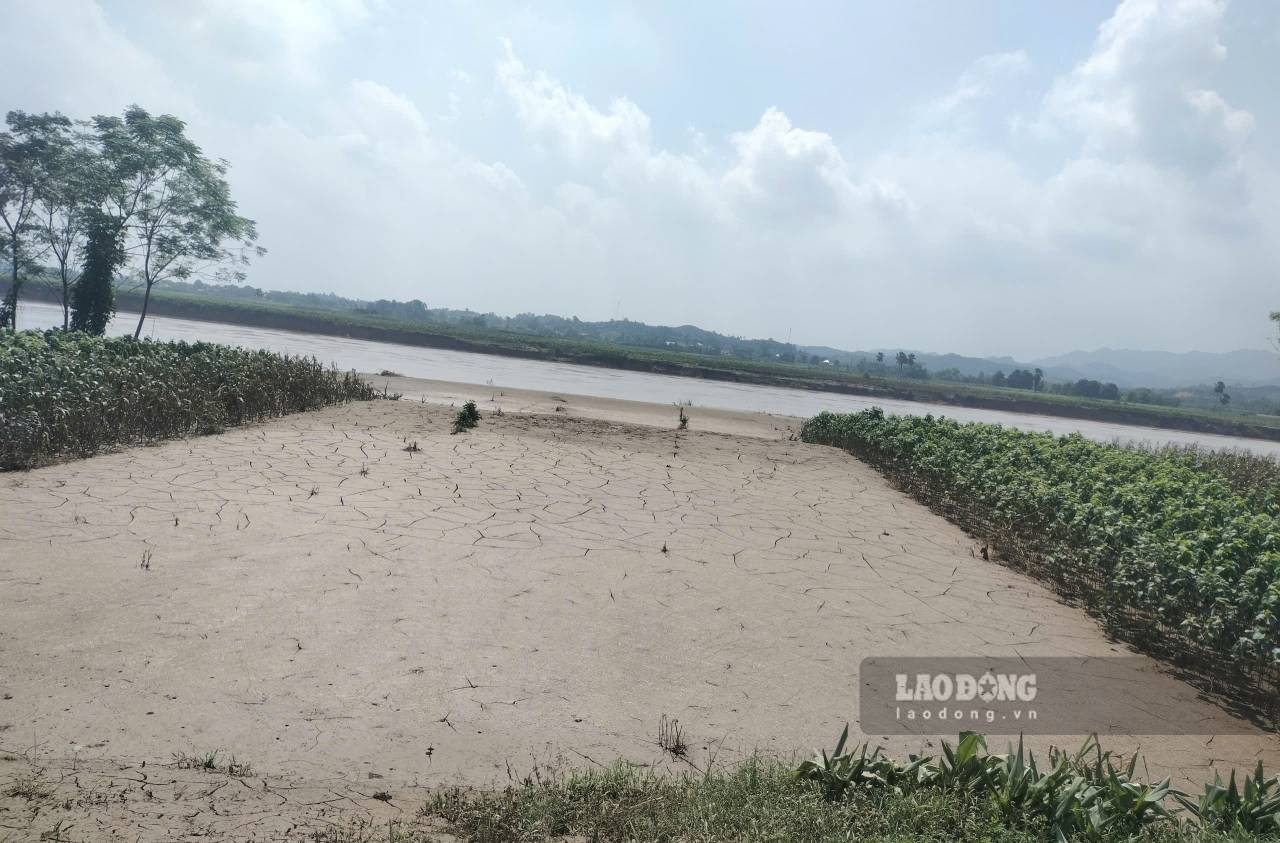
mulberry gardens that have been soaked in water for a long time now have yellow leaves, many trees have rotten roots, people have to dig up the roots to help the water circulate, not to be waterlogged or rot.
Ms. Nguyen Thi Lan (in Lan Dinh village, Tran Yen commune) said that last year her family had 6 sao of mulberry trees but they were almost completely flooded and lost everything. This year, more than 3 sao were also flooded.
Mr. Tran Ngoc Thu, Secretary of the Party Committee of Quy Mong commune, said that after storm No. 10, the area of flooded and broken rice was more than 325 hectares; about 85 hectares of corn and sea worms; over 135 hectares of mulberry and mulberry...
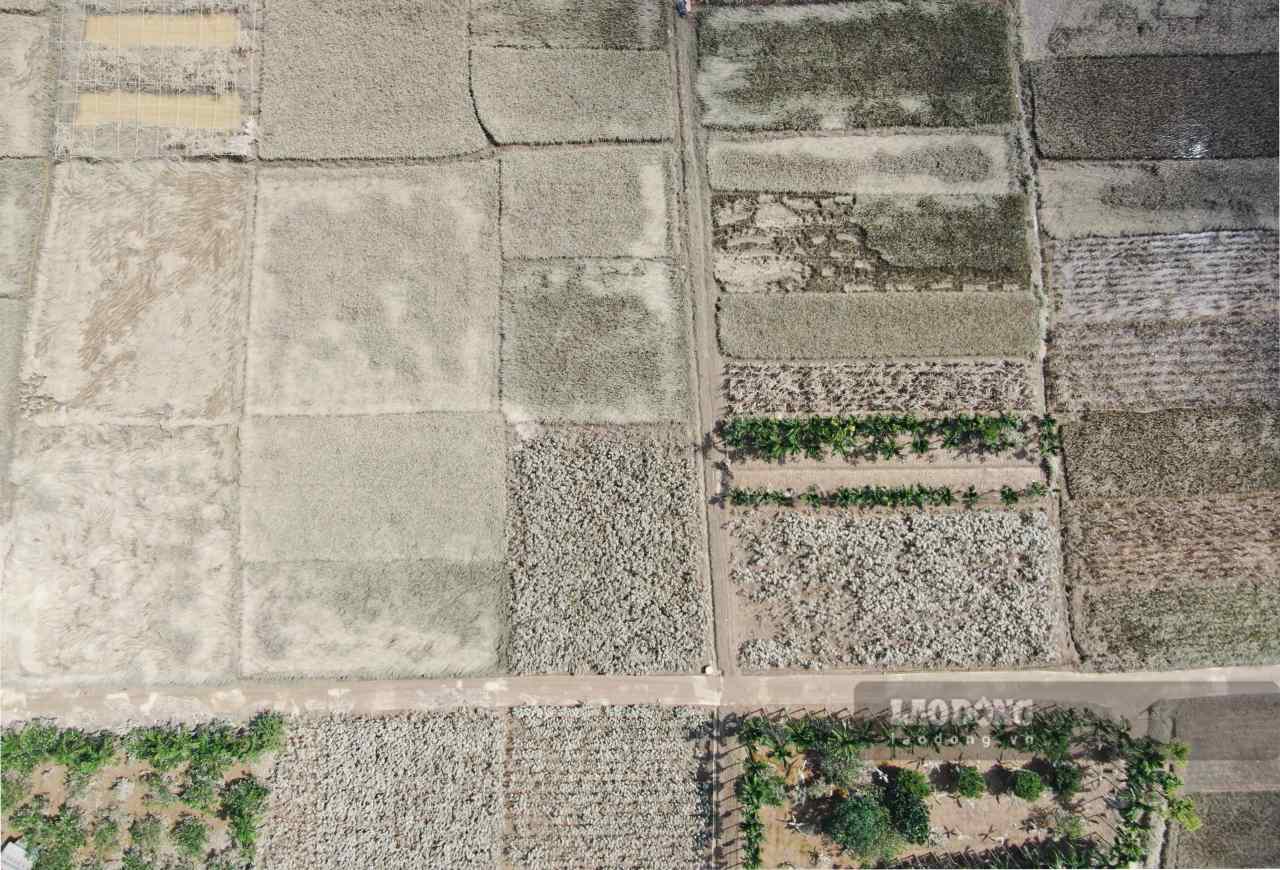
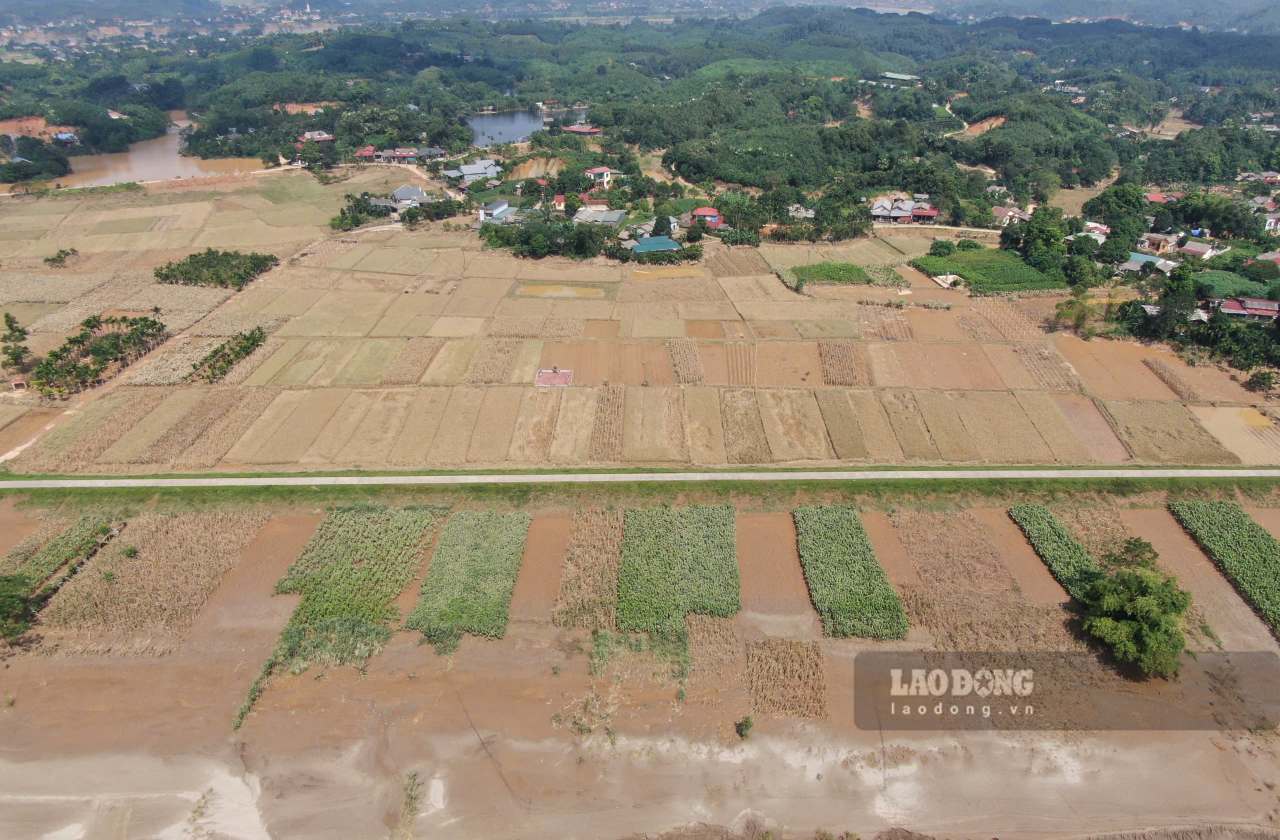
With rice and corn flooded and harvested, the commune has mobilized people to harvest quickly. For mulberry areas, instruct people to urgently clear the flow and dig drainage ditches.
As soon as the water recedes, people need to use clean water to spray the mud on the leaves and trunks of the trees so that the photosynthesis can return, and at the same time prune the crushed branches. When the soil is tight, gently scrape around the base to create ventilation for the roots and spray fungal spray.
Similarly, with banh da ngan in high ground, the solution is to peel the mud over the base, use lime powder to sprinkle evenly to remove alum and kill bacteria. Trees with not yet rotten roots still have hope to recover if cared for and fertilized with potassium-rich fertilizers...
"At the same time, the commune is looking for long-term, sustainable solutions, applying science and technology to production. The locality must redefine in agricultural production that when introducing new plants and varieties into research, it is necessary to consider adapting to climate change," said Mr. Thu.
Statistics in Lao Cai province show that after storm No. 10, in the agricultural sector, the whole province has more than 2,500 hectares of rice; more than 900 hectares of corn and vegetables; more than 660 hectares of annual trees and 27 hectares of forestry trees damaged. In addition, more than 9,700 poultry died and more than 100 hectares of aquaculture were damaged.
Mr. Nguyen Thai Binh, Deputy Director of the Department of Agriculture and Environment of Lao Cai province, said that in the face of the damage and losses of farmers, the Department has been implementing many solutions to guide and support production and living recovery.


